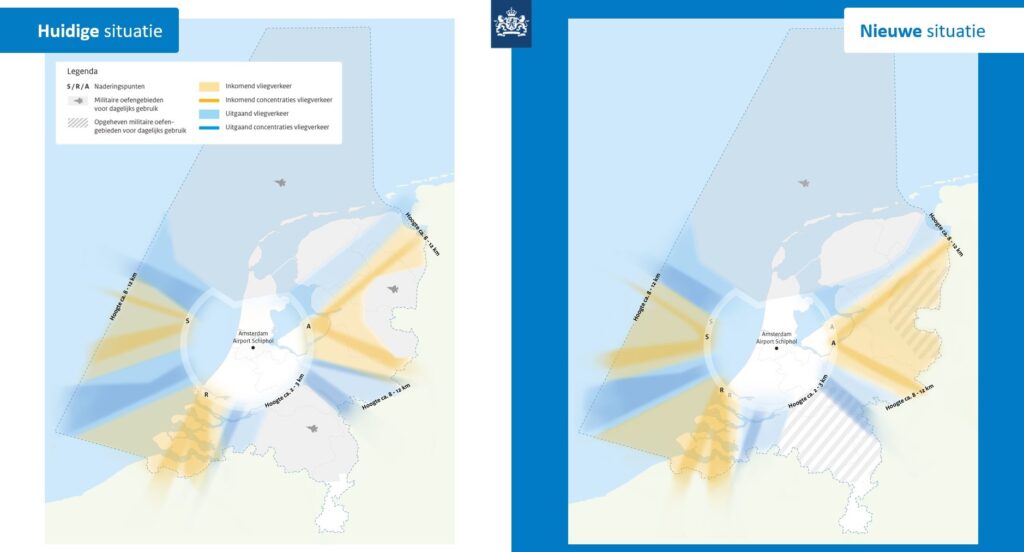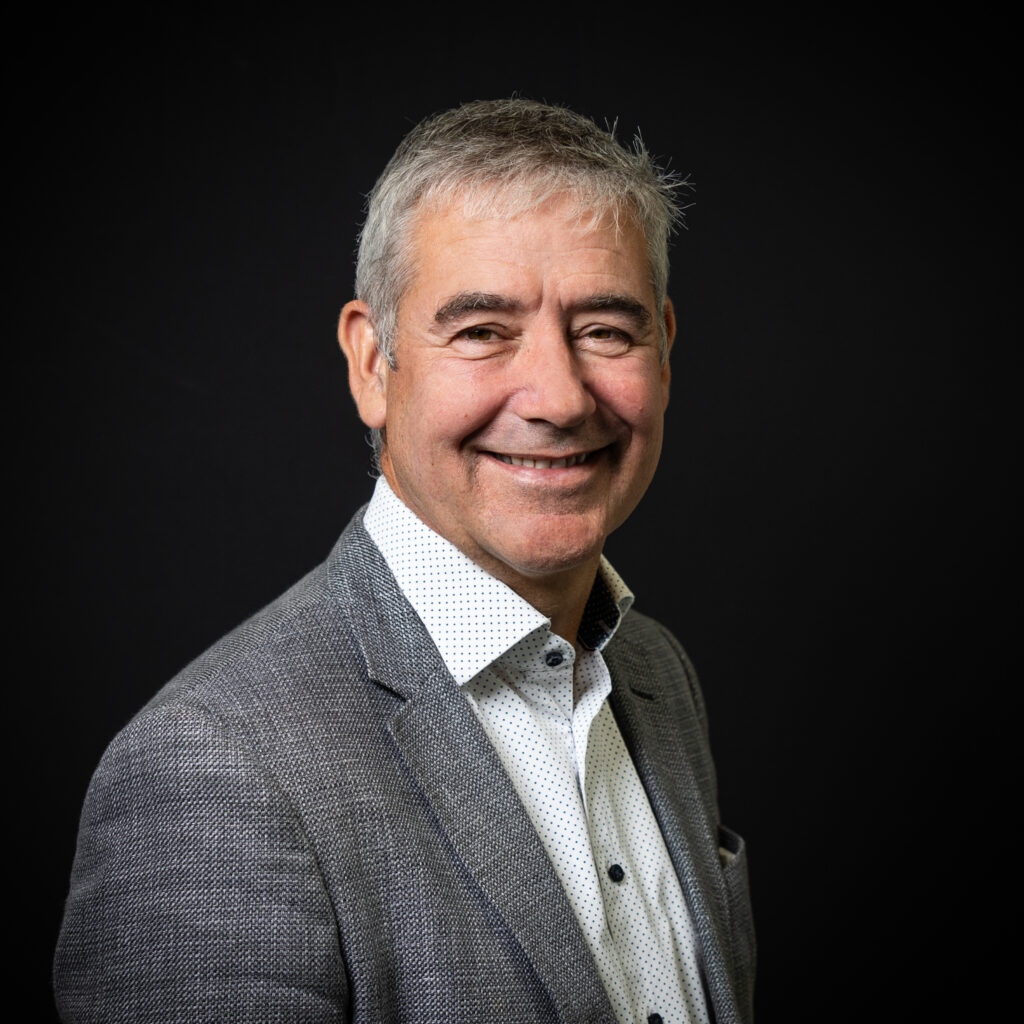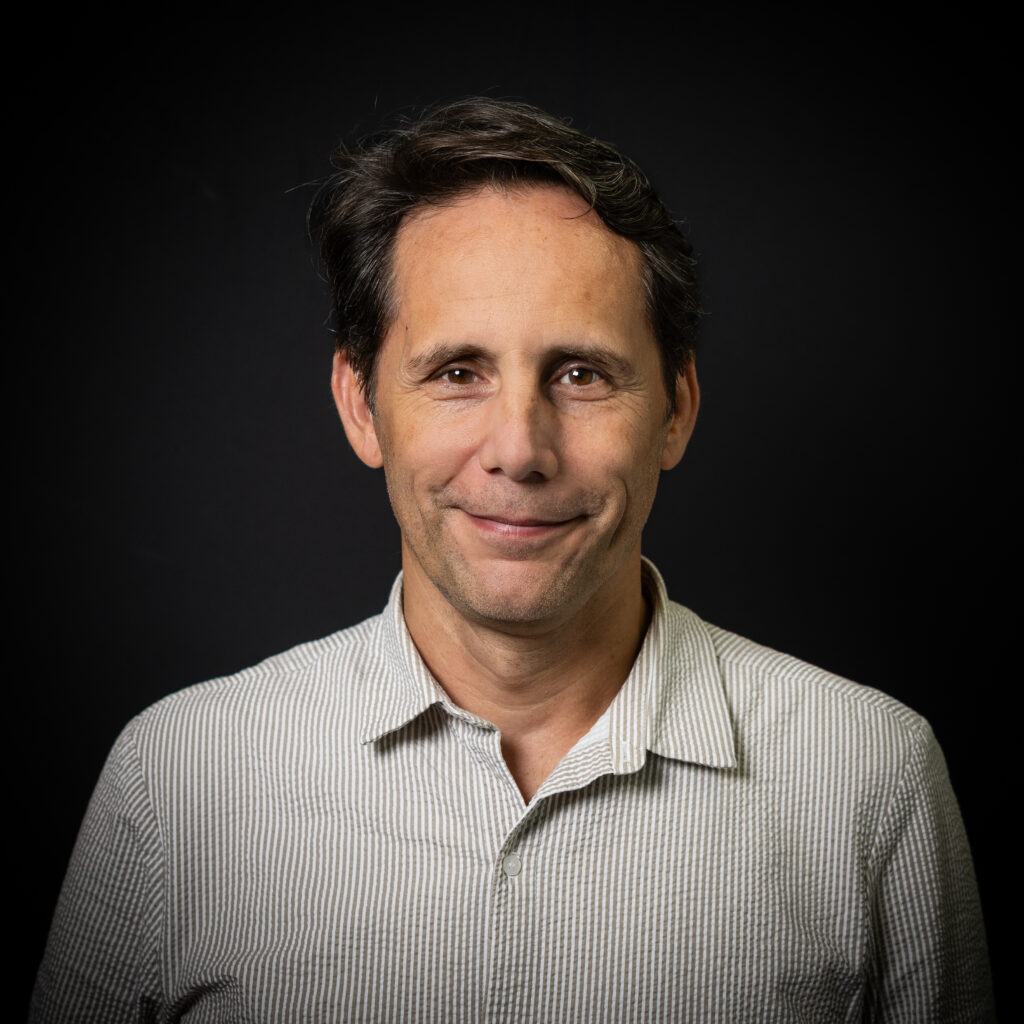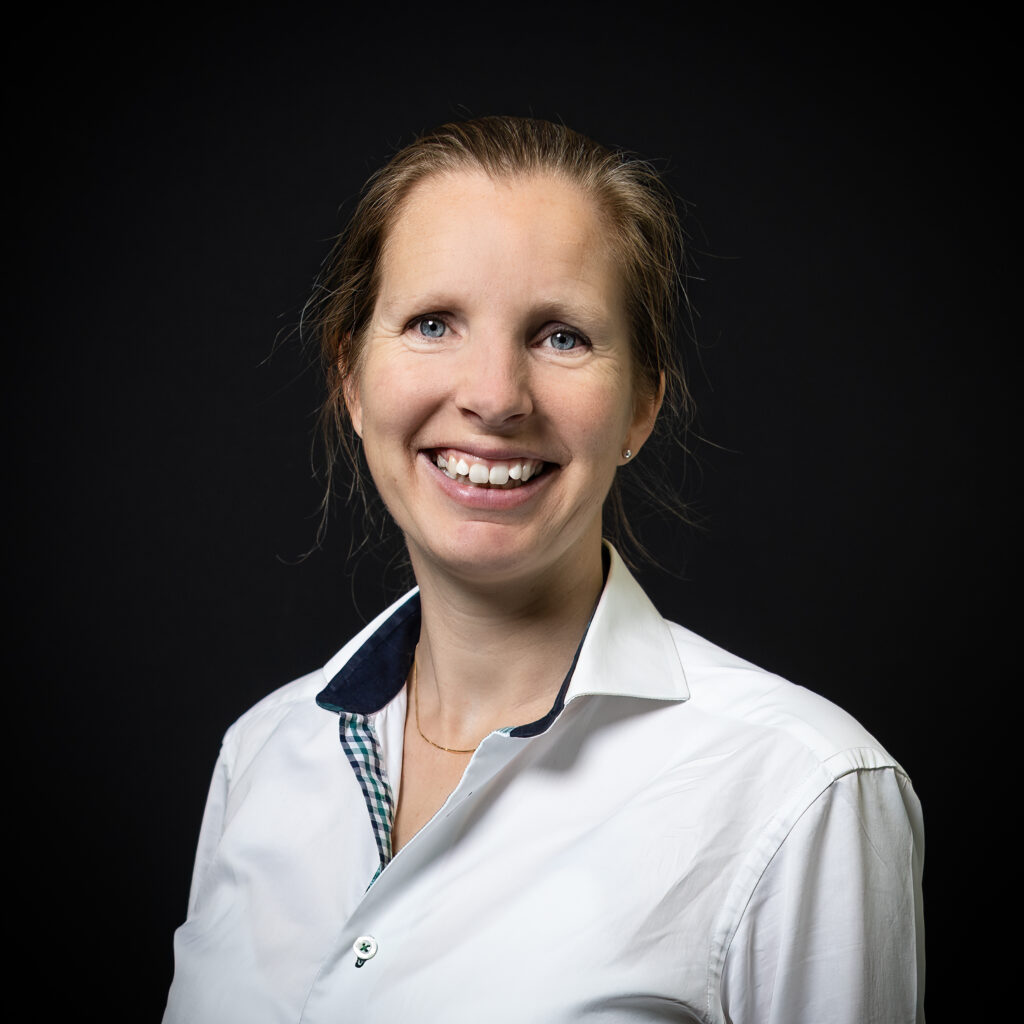MovingDot proudly contributes to the modernization of Dutch airspace.
The airspace over the Netherlands is undergoing a significant transformation under the Dutch Airspace Redesign Program (DARP). Spearheaded by the Dutch Ministries of Infrastructure and Water Management (I&W) and Defence, this ambitious initiative seeks to modernize the airspace to better meet future demands.
The success of DARP relies on the collaboration of several key partners. The program includes LVNL (Air Traffic Control the Netherlands), CLSK (Royal Netherlands Air Force), and MUAC (Maastricht Upper Area Control Centre) as active stakeholders. International cooperation plays a critical role, involving partners such as DFS (Deutsche Flugsicherung) and the German Air Force.

Source: Schetsontwerp nieuwe luchtruimindeling
Objectives of Darp
DARP is designed to achieve multiple objectives that align with both military and civilian needs. The primary goals include:
- Sufficient space for the armed forces: a larger, contiguous military training area to properly train with the latest generation of fighter aircraft. This is directly important for the combat readiness of the Royal Netherlands Air Force.
- Reduced emissions for the living environment and shorter flight times for civil aviation. The connections between Dutch airspace and international airspace will be adjusted accordingly, in line with the objectives of the Single European Sky.
- A future-proof foundation for projects that improve the quality of the living environment around airports. An important tool for this is the more structural use of continuous descent, allowing aircraft to approach airports at higher altitudes and with less engine power (Higher Approaches projects). This requires fixed approach routes over which continuous descent can be performed.
Program Structure
DARP is divided into two main parts:
- The new airspace layout:
By expanding the Royal Netherlands Air Force training area in the northern part of Dutch airspace, the Air Force can train more effectively with the F-35 fighter jets. This also requires adjustments to other parts of Dutch airspace. The guiding principle of the new airspace design is to keep flight routes as short as possible. This results in lower emissions of CO₂, nitrogen, and other harmful substances, helping the government meet the European objectives of the Single European Sky. - Higher approaches:
The second component of the airspace redesign consists of projects that enable higher approaches to airports. Closer to airports, this reduces aircraft noise and emissions. The new airspace layout provides the foundation for this.
MovingDot’s contribution
Our consultants and experts provide support across multiple areas in the program, including:
- Program Management: overseeing the implementation and coordination of DARP activities.
- ATM Concept Development: innovating and developing new concepts for efficient air traffic management.
- Coordinating Real Time Simulations (RTS): simulations to test and refine air traffic control conceptual designs in real-time scenarios, including operational staff.
- Safety Management: ensuring that all changes and new implementations adhere to the latest safety standards.
- Airspace and Route Design: crafting optimized routes and airspace structures for improved traffic flow.
- Requirement Management: identifying and managing the requirements needed to meet the program’s goals.
- Community Outreach: communicating with local communities to address concerns and provide information about the program’s benefits.
Future prospects
The Dutch Airspace Redesign Program sets a precedent for how countries can effectively modernise their airspace to address both current and future challenges. Through strategic collaboration, innovative solutions, and a commitment to sustainability, DARP aims to create a more efficient, and environmentally friendly airspace over the Netherlands – with airspace safety always as the foundation of the design.










